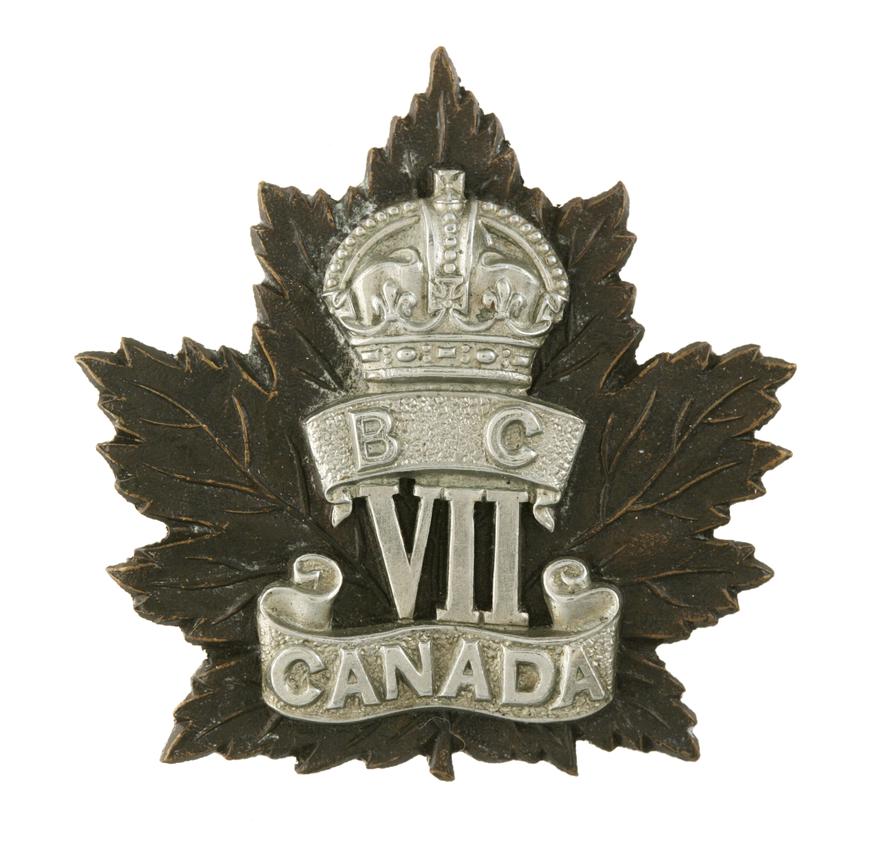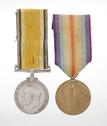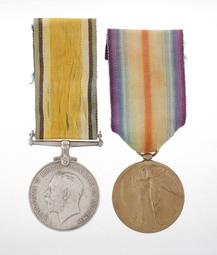Unit
7th Canadian Infantry Battalion (1st British Columbia Regiment)
Branch
Infantry
Service Component
Canadian Expeditionary Force
Service Number
441044
birth
1890/03/23
Totterdown, Bristol, United Kingdom
death
1976/03/08
Chilliwack, British Columbia
grave
Gender
Male
Frank Bulter was born in the Totterdown, suburb of Bristol, United Kingdom on 23 March 1890 to Charles Bulter and his wife. He made his way to Western Canada around 1910. By the war’s beginning he was living on Bannerman Avenue, Winnipeg, Manitoba and was working as a bartender/waiter.
He attested to the Canadian Expeditionary Force (CEF) 27 September 1915 at Winnipeg and assigned to the 53rd North Saskatchewan Regiment. After initial training he shipped out to the United Kingdom in SS Empress of Britain arriving there 9 April 1916. During his advanced training in the United Kingdom he was sent for further instruction on the trench mortar. He joined his field unit, the 102nd Canadian Infantry Battalion (North British Columbians) and was immediately attached to its brigade the 11th – part of 4th Division trench mortar battery in France 11 July 1916. By 30 April 1917 he had come down with influenza and was sent back to the United Kingdom for hospitalization. He stayed in the United Kingdom for some months after recovery, first with the BC Reserve Depot, then with the 1st Canadian Reserve Battalion (British Columbia) at Seaforth and finally transferred to the 7th Canadian Infantry Battalion (1st British Columbia Regiment) of the 1st Division in October 1917. By 6 November, the battalion had arrived at Ypres and was ordered to the front line near Passchendaele to relieve the 16th Battalion. From the 8th to the 11th it was heavily engaged in the third battle of Ypres, also known as the battle of Passchendaele. The battalion was hotly engaged and suffered numerous casualties in its move up from the reserve trench to their position initially from artillery fire and then from machine guns. On 10 November Bulter was hit in the left forearm and evacuated to the No. 6 Canadian Field Ambulance. From there he went to No. 11 Casualty Clearing Station and then to 53 General Hospital where his wound was drained several times. He did not recover full strength in his left arm and by December 1917 he was back in Seaforth, United Kingdom with the BC Reserve Depot. In the spring of 1918, while with the Reserve Depot he attended courses at the Canadian Training School. It was clear that he was no longer fit for service. On 22 June 1918 he left Liverpool for Canada (again on SS Empress of Britain) arriving in Halifax a week later. He was discharged in Winnipeg 20 August 1918.
He had given his discharge address as Van Anda Island, now on Texel Island, off Vancouver. He returned to his Winnipeg address and married Lillian, a neighbor who had also emigrated from the United Kingdom. The couple then went to Chilliwack British Columbia where the 1921 Census noted them living with their 1 year old daughter. Bulter gave “farmer” as his occupation at that time. Frank Butler died in Chilliwack 8 March 1976 and is buried there.



